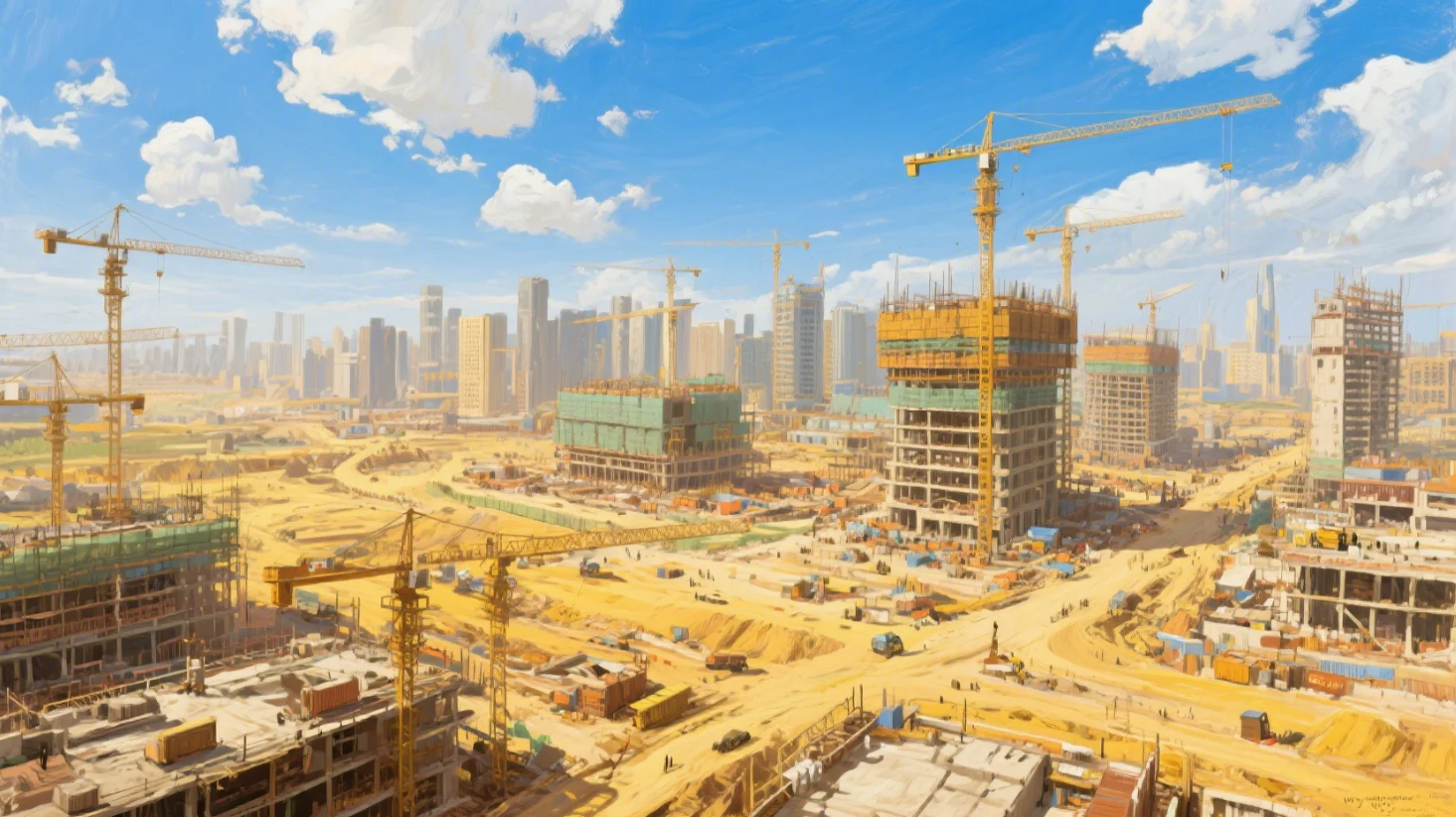China’s Hidden Mega Cities and Their Untold Story When we think of the world’s great cities, names like New York, London, Tokyo, and Paris come in
China’s Hidden Mega Cities and Their Untold Story
When we think of the world’s great cities, names like New York, London, Tokyo, and Paris come instantly to mind. Their skylines, histories, and cultures are deeply rooted in global imagination. But in China, beyond the well-known icons of Beijing and Shanghai, lie cities of astonishing scale—Chongqing, Chengdu, Tianjin, Guangzhou, and Shenzhen—metropolises that rival or even surpass many Western capitals in size, yet remain strangely unfamiliar to the world.
The Geography That Shaped a Nation
The key to understanding China’s urban landscape begins with geography. Nearly a century ago, demographer Hu Huanyong drew a simple diagonal line across China, stretching from Heilongjiang in the northeast to Yunnan in the southwest. East of this line lies 43% of the country’s land but 94% of its population; to the west, 57% of the land supports only 6% of the people. This divide still defines China today.
Eastern China, nourished by the Yellow, Yangtze, and Pearl Rivers, became the cradle of civilization and industry. The fertile plains and rich deltas created perfect conditions for dense settlement, while the west—dominated by deserts, plateaus, and mountains—remained largely uninhabited. Geography, more than politics, decided where China’s great cities would rise.
The Greatest Migration in Human History
For thousands of years, China was a nation of farmers. Even in the early 1900s, 85% of the population lived in rural areas. Mao Zedong’s rise in 1949 reinforced this balance; his government restricted movement through the hukou household registration system, effectively freezing urban growth. But after Mao’s death, a new era began under Deng Xiaoping. His reforms in the 1980s opened the door to market forces, foreign investment, and internal migration.
Shenzhen—a small fishing town near Hong Kong—was chosen as an experimental Special Economic Zone. Within four decades, it transformed into a city of over 17 million people, home to global giants like Huawei and Tencent. This phenomenon wasn’t unique. Across China, millions left their ancestral homes to build skyscrapers, factories, and tech parks, compressing centuries of industrialization into one generation.
Why the World Hardly Knows These Cities
Despite their scale and influence, China’s new mega cities remain largely anonymous on the global stage. Part of the reason lies in speed. Cities like London and Paris evolved over centuries, their identities shaped by art, literature, and architecture. In contrast, China’s modern metropolises were built in mere decades, focused on economic output rather than cultural expression.
Another reason is branding. The phrase “Made in China” became the symbol of industrial might, but it rarely mentioned where in China something was made. Unlike “Designed in California” or “Made in Milan,” the Chinese city identity was absorbed into the national brand.
Media and cultural visibility also play a role. Western cities dominate global pop culture through films, TV, and music. Meanwhile, China’s media environment, shaped by state controls and language barriers, limits the global reach of local culture. As a result, few outside China can visualize Chengdu’s teahouses or Tianjin’s waterfront skyline.
The Next Chapter: Identity Beyond Industry
Today, this is beginning to change. As China’s economy shifts from manufacturing to innovation and services, its cities are developing their own unique identities. Chengdu is now famous for its relaxed lifestyle and creative culture. Hangzhou blends classical beauty with e-commerce innovation. Shenzhen and Guangzhou are becoming centers of design and technology.
The world is slowly learning their names—not just as industrial powerhouses, but as cities with stories, creativity, and soul. The era of China’s anonymous giants is ending, replaced by a new generation of urban identities ready to take their place on the global stage.
Why Nobody Has Ever Heard Of China’s Mega Cities



COMMENTS